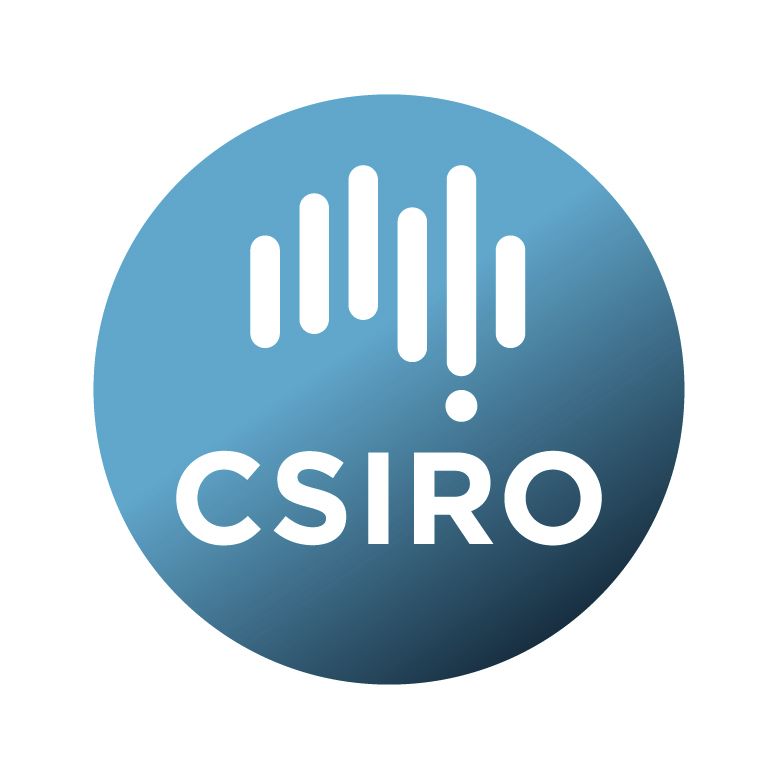Brief description
GapFinder is a CSIRO-developed web-based visualisation tool that enables the exploration of large distance matrices that have a hierarchical structure to their observations. The tool aims to help us find gaps between different groups of observations or, at least, understand when these gaps do not existGapFinder Demo demonstrates the application of the GapFinder visualisation to fish metabarcode data. The aim is to help environmental DNA (eDNA) researchers choose PCR primers that allow them to clearly distinguish species of interest in their experiments by their DNA “barcode”.
Since these primers yield DNA barcodes from multiple species, this approach is known as metabarcoding. eDNA metabarcoding is a broadly used practical method to determine which species are present in an environment, and measure biodiversity or detect pests, among many other applications of importance in biodiversity and biosecurity.
The tool allows users to interactively view and interrogate in-silico generated DNA metabarcoding data that allows researchers to determine the best primer pairs to use to discriminate their species of interest from other similar species.
eDNA Researchers face the challenge of determining which genetic targets will allow them to distinguish closely related species relevant to the study system. In practice, this involves selection of PCR primers to produce particular DNA sequence barcodes, entailing intensive in silico and in vitro validation. This tool tackles that challenge in a way that saves computational and experimental resources by centralising the analysis of primer and barcode sequence data.
Lineage: Public DNA sequence data from NCBI (nt) was downloaded (Release 231) and processed using a newly developed method to determine and visualise the similarity between predicted amplicon sequences from different species.
Briefly, these are the outline steps to process data downloaded from the NCBI nt database:
1. From a BLAST formatted database generated from Release 231 of the nt database, sequences were extracted to FASTA files for input into in-silico PCR prediction tools.
2. Given a primer pair, run in-silico PCR to find target sequences (amplicons). The resulting amplicons were quality controlled.
3. Amplicons are dereplicated into unique groups
4. Unique amplicons are then pairwise aligned to generate the pairwise alignments table that becomes the input to the data transformation for the GapFinder metabarcode visualisation tool.
Please note that if the public DNA sequence entries do not contain both forward and reverse primers, then these sequences are not available for in-silico PCR and will not appear in the dataset.
Available: 2023-08-04
Subjects
Applications in Life Sciences |
Applied Computing |
Biological Sciences |
Bioinformatics and Computational Biology |
Bioinformatics and Computational Biology Not Elsewhere Classified |
Evolutionary Biology |
Genomics and Transcriptomics |
Information and Computing Sciences |
PCR amplification |
Phylogeny and Comparative Analysis |
Shiny |
eDNA |
primer |
species identification |
User Contributed Tags
Login to tag this record with meaningful keywords to make it easier to discover
Identifiers
- Local : 102.100.100/483642


